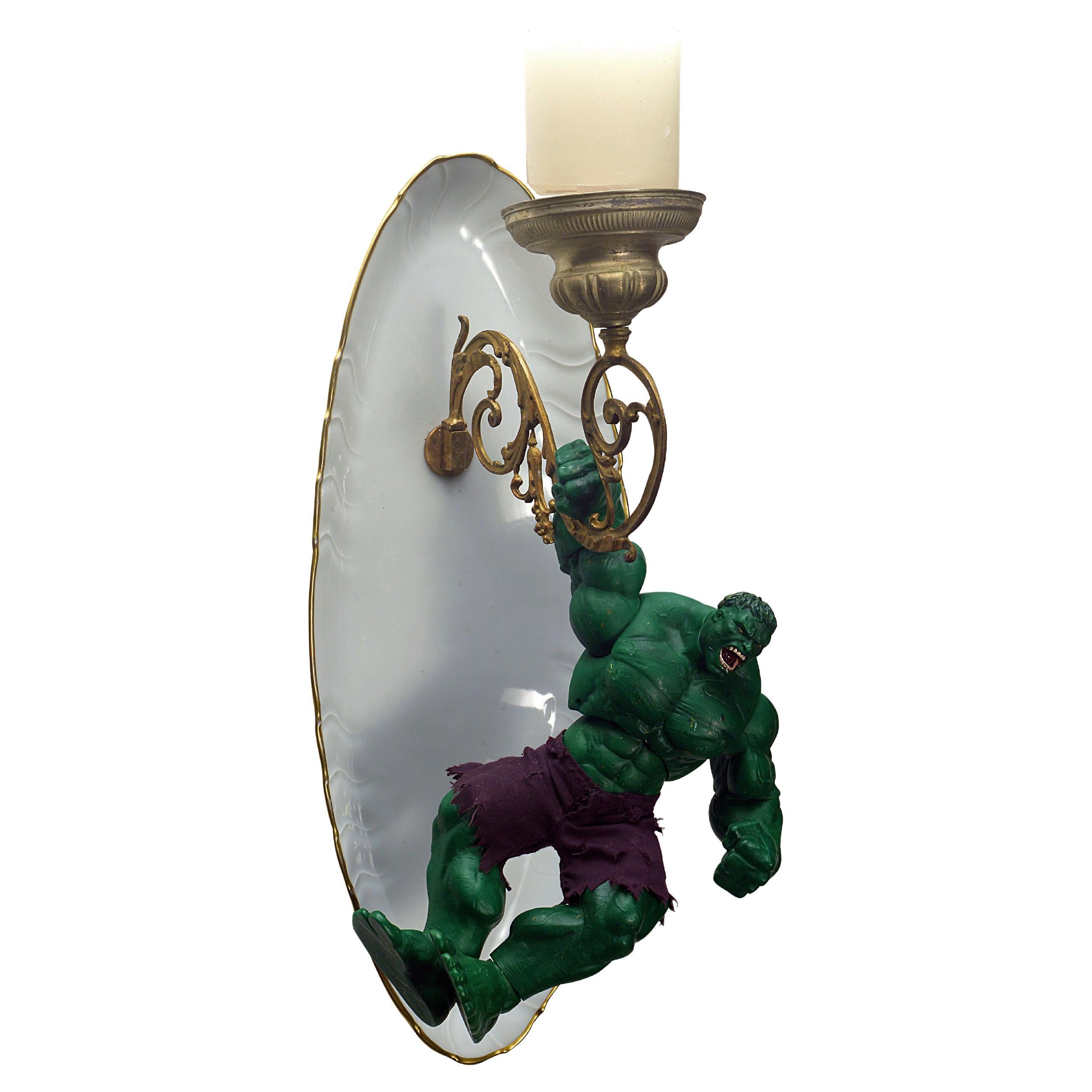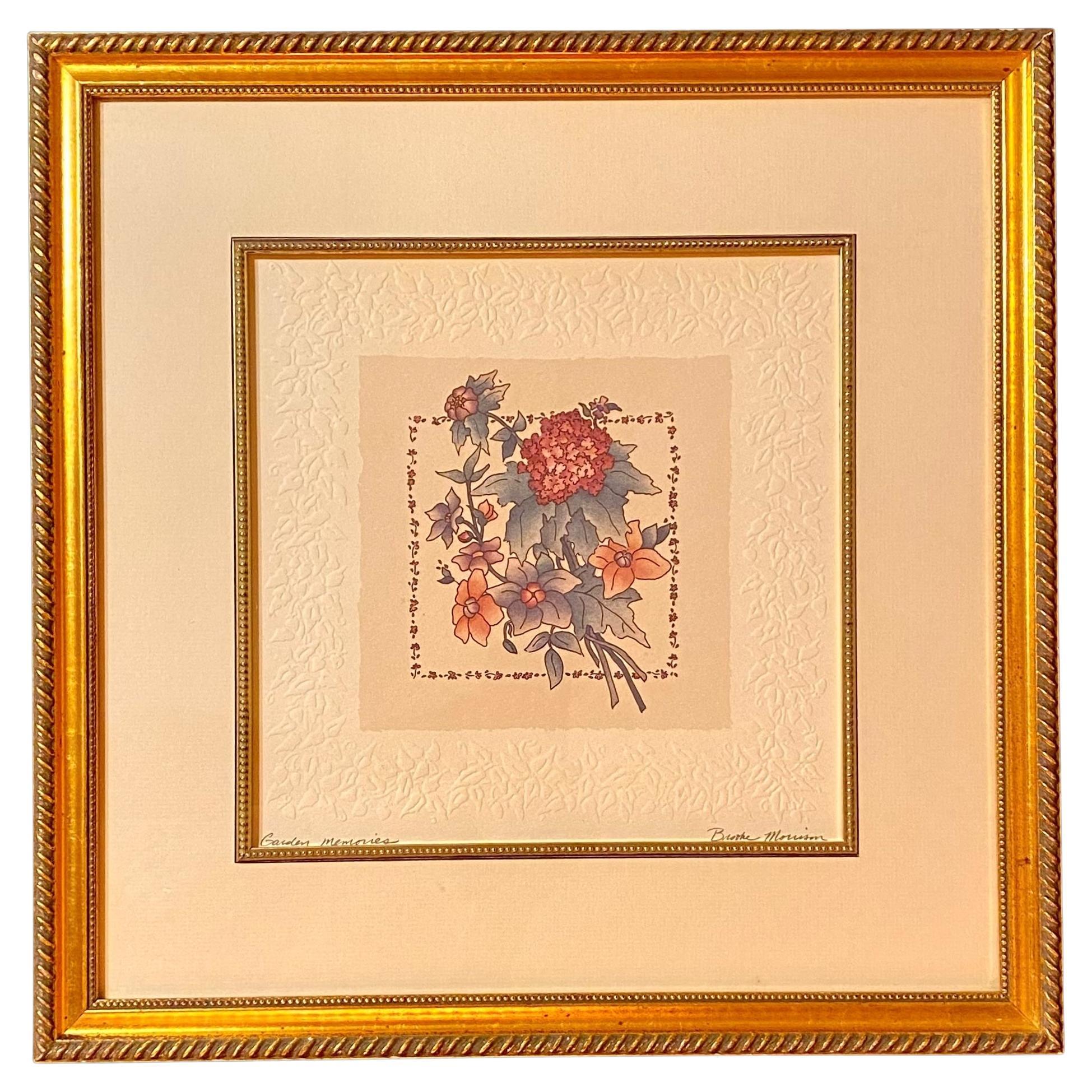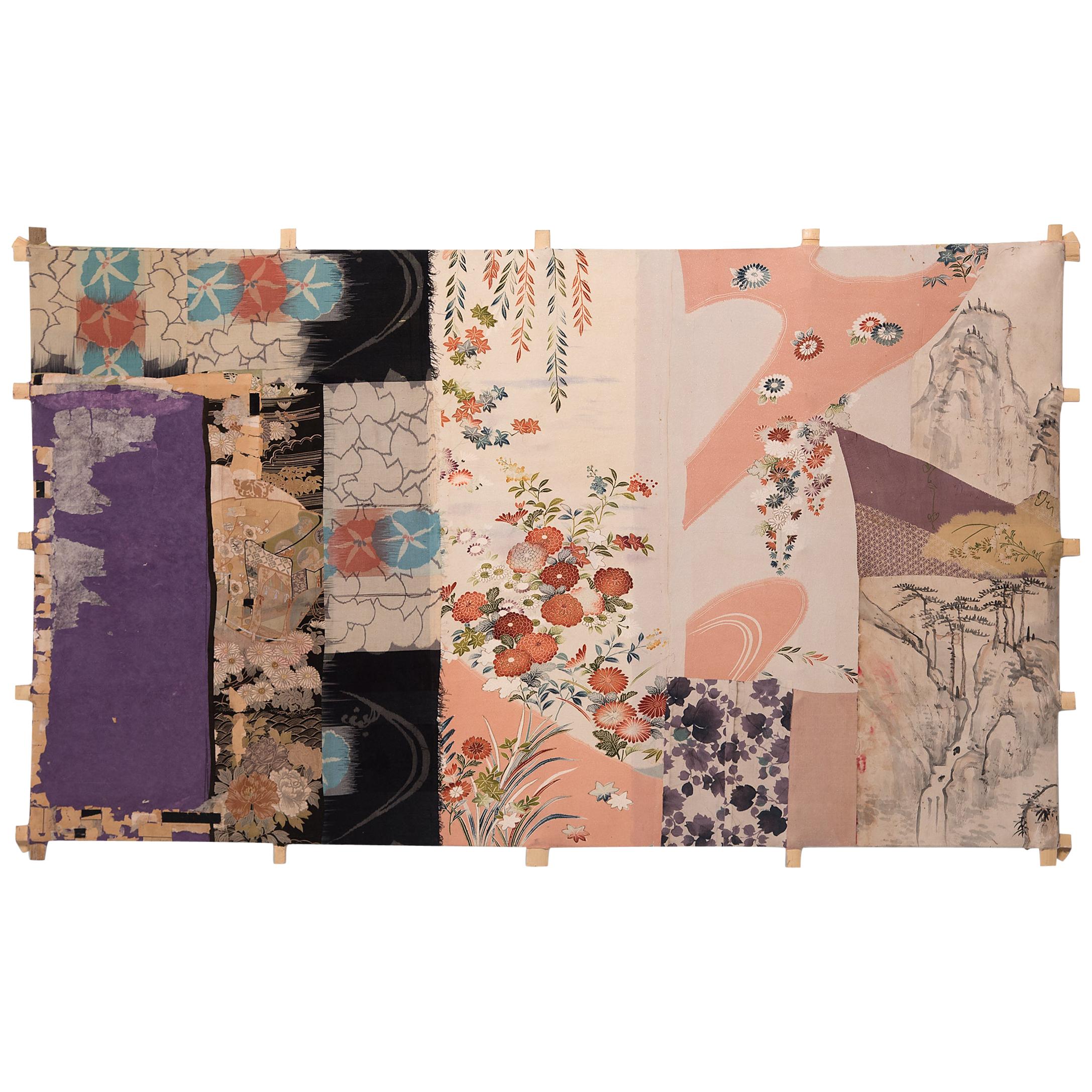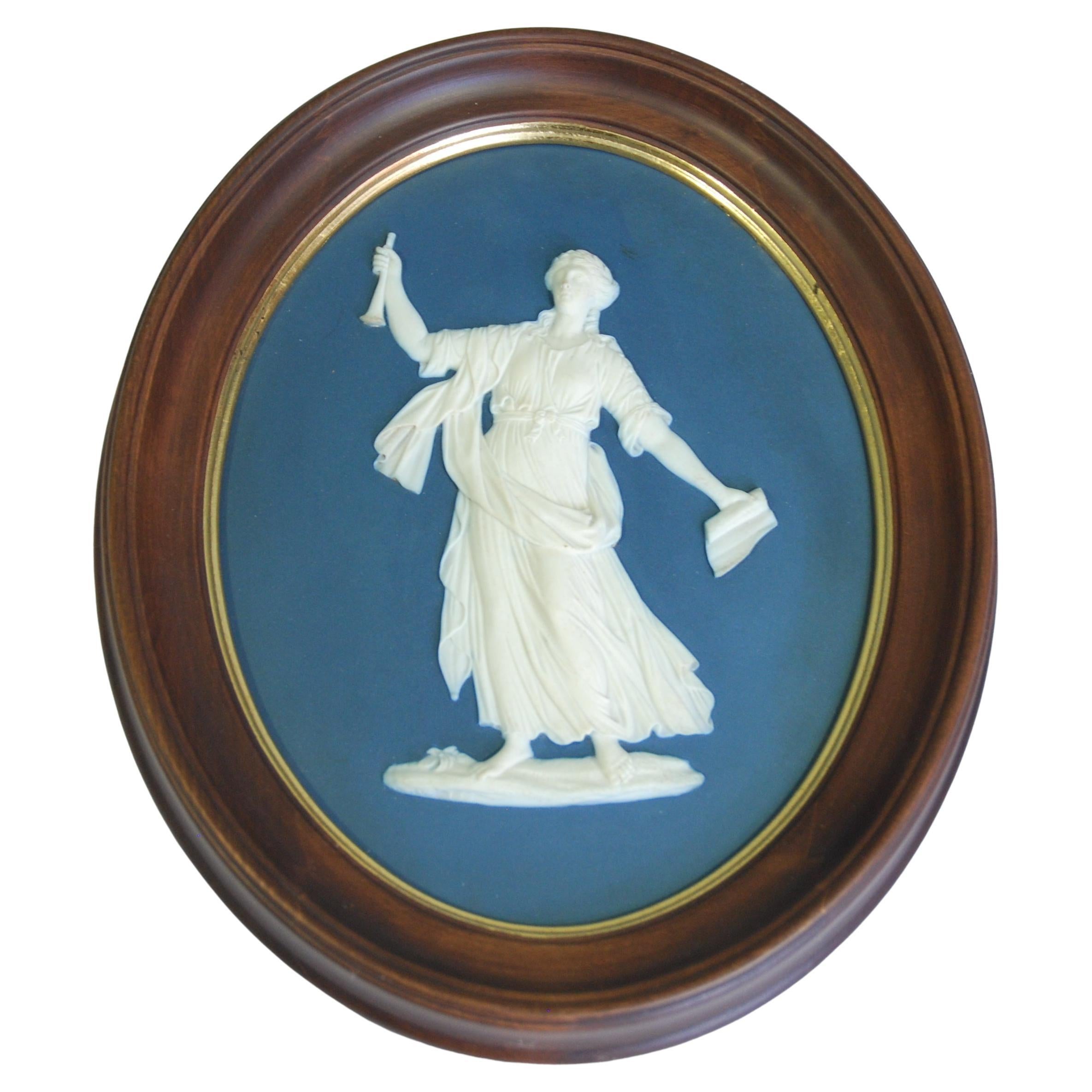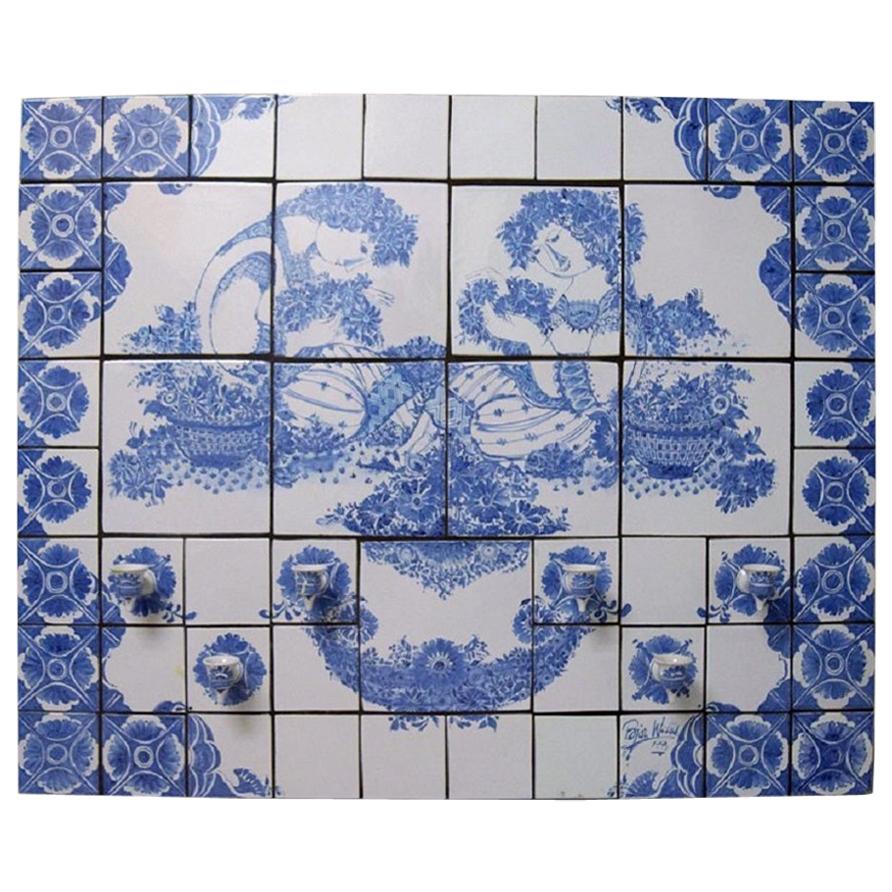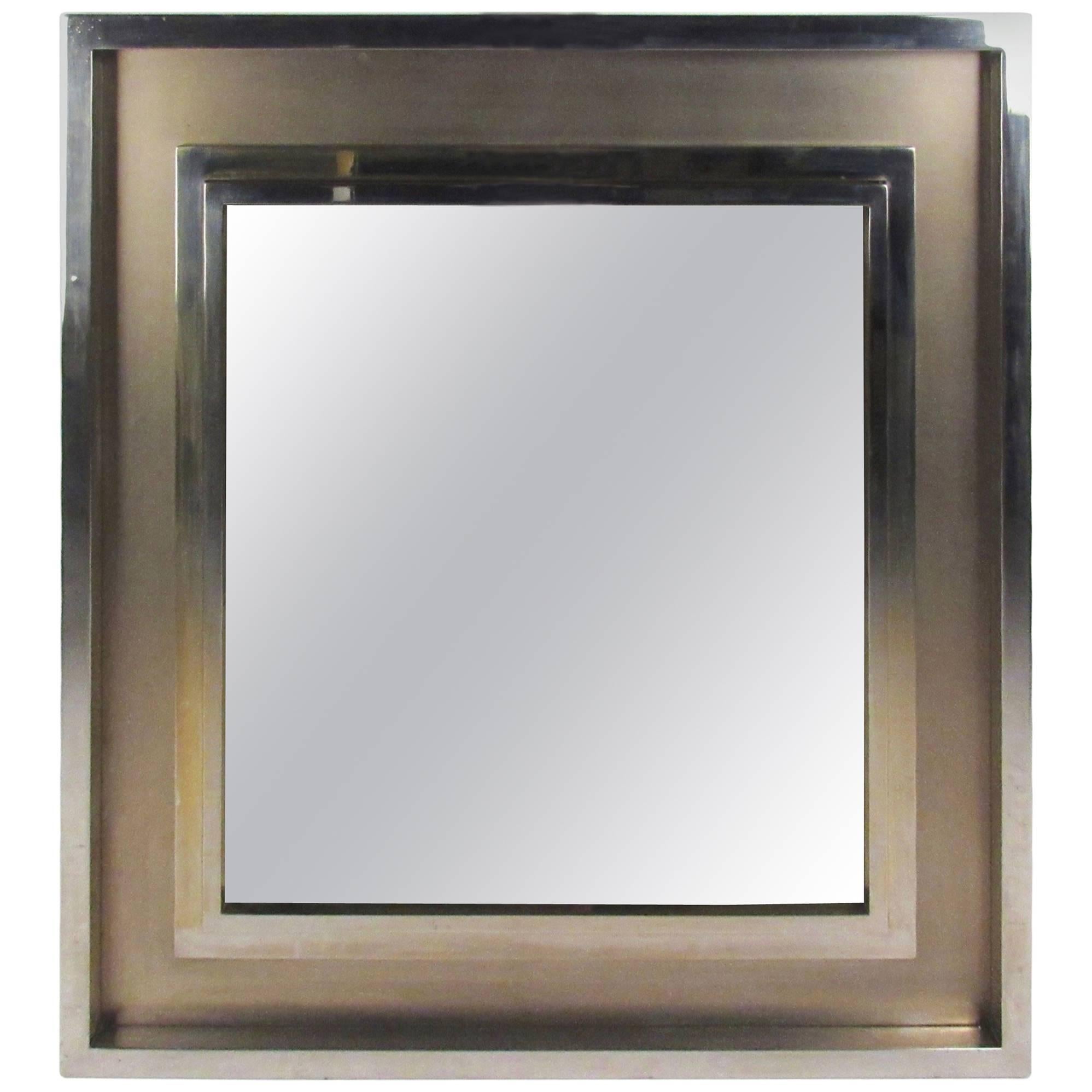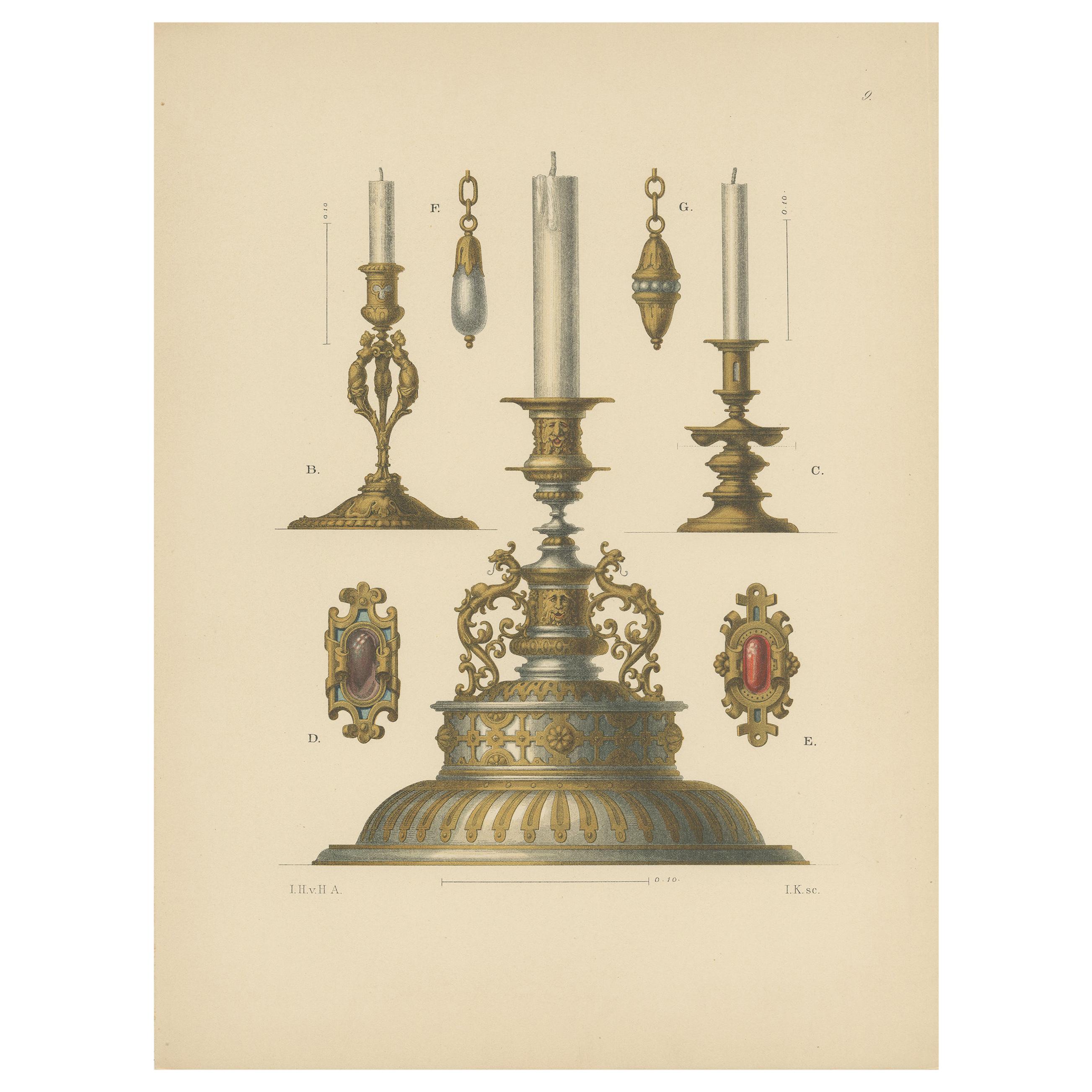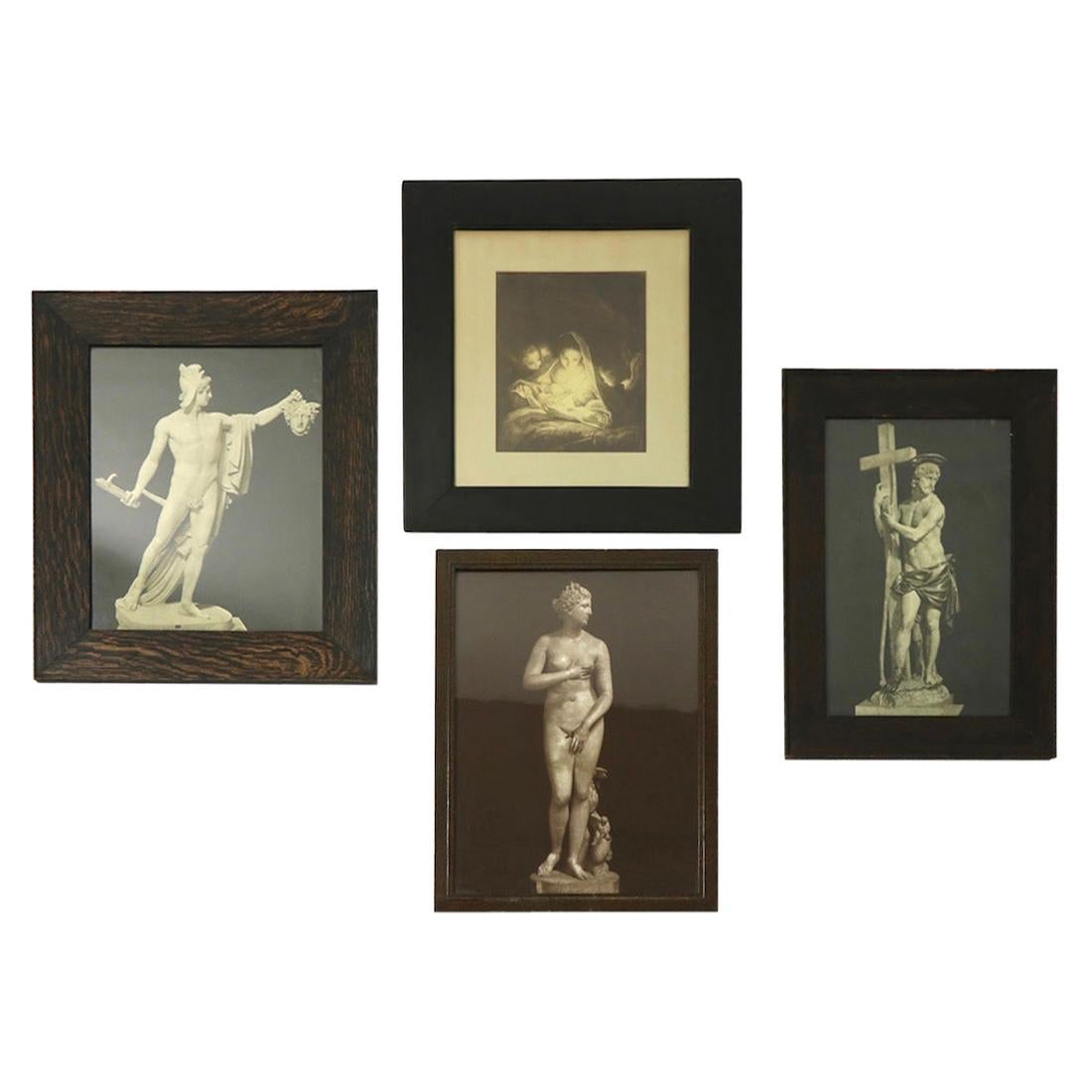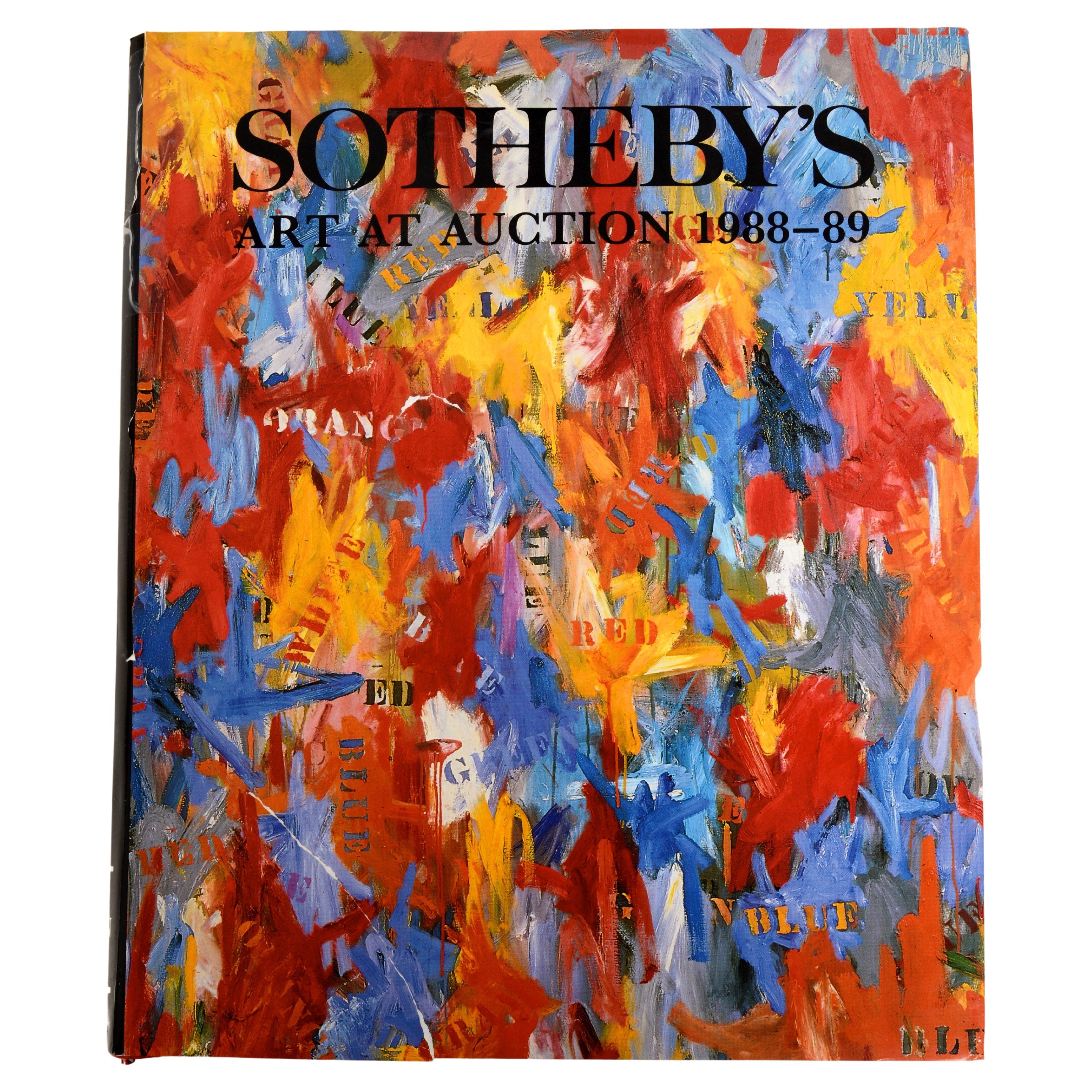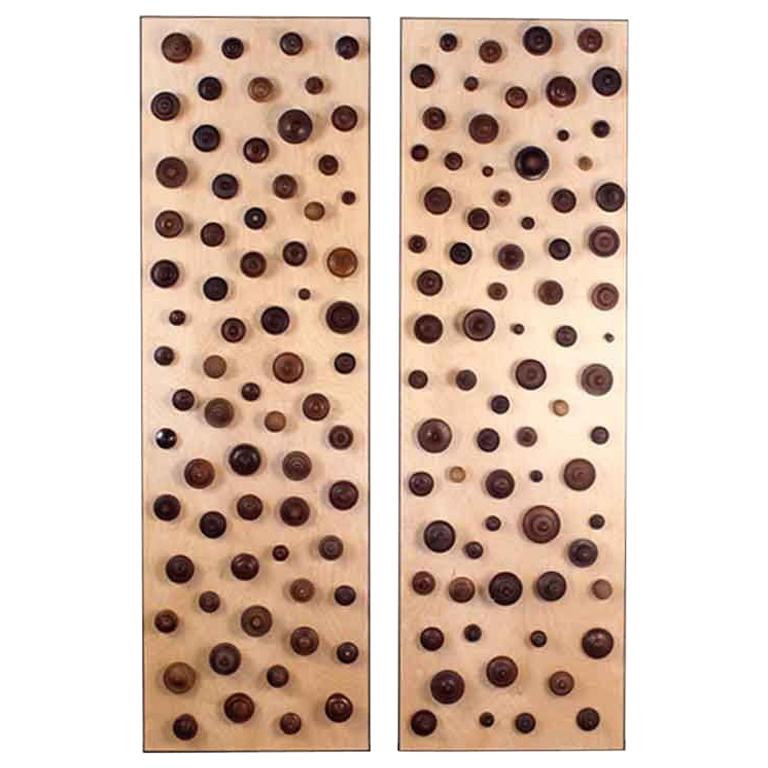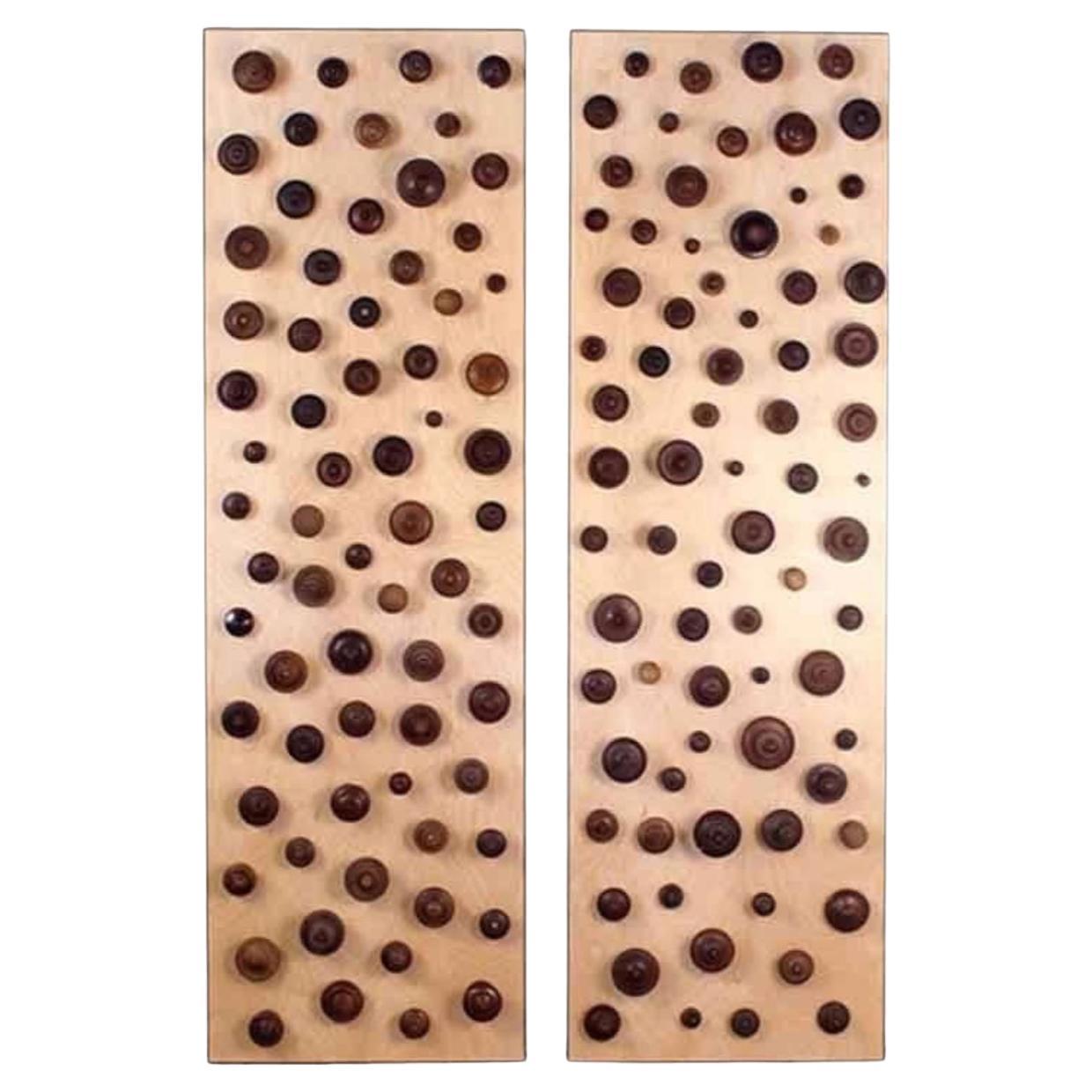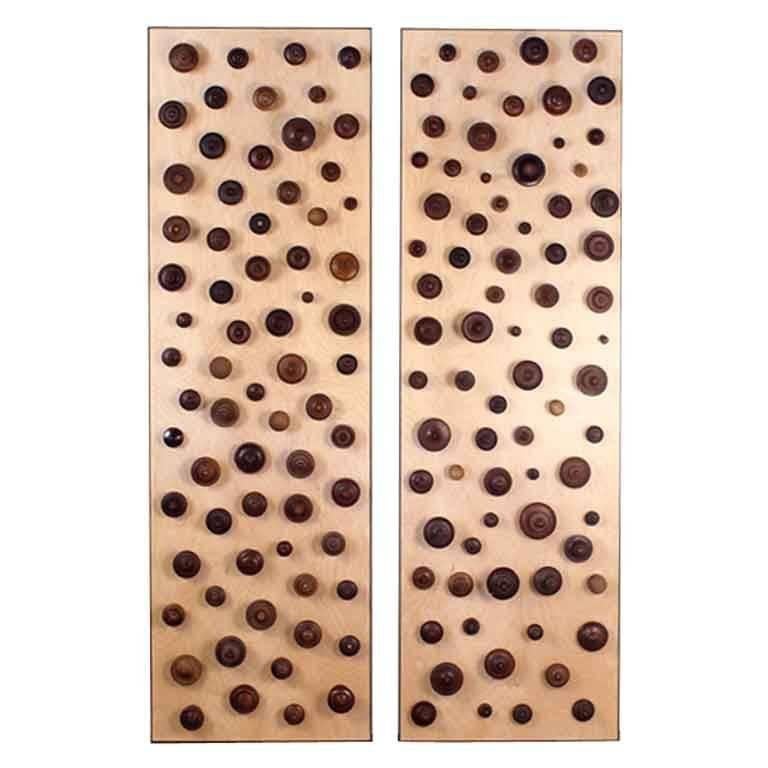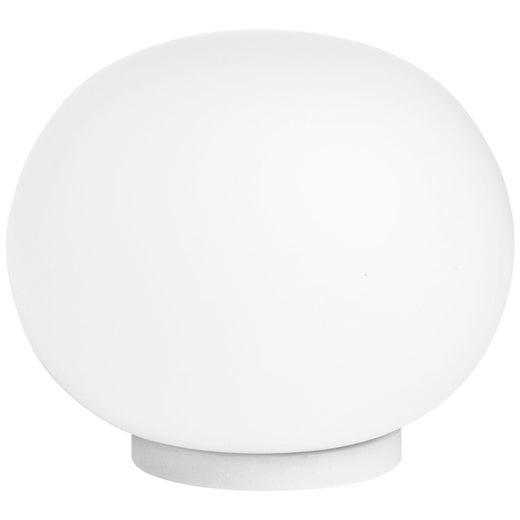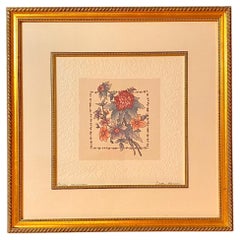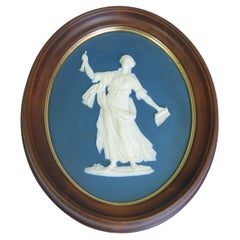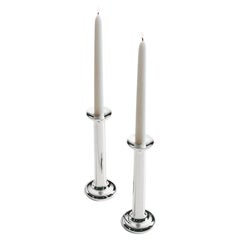
Jasper Morrison's Morrison Turned Brass Candleholder for Cappellini
View Similar Items
Jasper Morrison's Morrison Turned Brass Candleholder for Cappellini
About the Item
- Creator:Jasper Morrison (Designer),Cappellini (Manufacturer)
- Dimensions:Height: 9.06 in (23 cm)Diameter: 3.15 in (8 cm)
- Style:Modern (In the Style Of)
- Materials and Techniques:
- Place of Origin:
- Period:
- Date of Manufacture:Contemporary
- Production Type:New & Custom(Current Production)
- Estimated Production Time:6-7 weeks
- Condition:
- Seller Location:New York, NY
- Reference Number:Seller: PO_98021stDibs: LU5048117161682
Jasper Morrison
For all the people who think designer objects need to make bold statements with attention-grabbing forms and materials, the revered British designer Jasper Morrison has a message: The quieter objects are often the better products.
Some of Morrison’s earliest creations, such as the 1986 Thinking Man’s chair, with its snaking tubular steel armrests, and the 1991 3 sofa deluxe, whose sculpted seat resembles an enormous wave (both produced by the Italian manufacturer Cappellini, one of the planet's preeminent producers of cutting-edge home decor), display the eye-catching moves that were expected among his contemporaries.
At the same, Morrison was clearly searching for a different language. In 1988, just three years after he graduated from London’s Royal College of Art, he stunned many in the design world with “Some New Items for the Home,” an exhibition in Berlin featuring simple plywood furniture he had designed and made himself as a direct rebuke to the over-the-top colors and geometries of the Memphis movement. As Morrison increasingly came to see statement-making design as flawed and wasteful, he began producing the subtler objects that eventually became his greatest hits and inspired a new generation of designers.
Morrison’s Glo-Ball lamps for FLOS, for instance, feature opalescent blown-glass diffusers that resemble ever-so-slightly squished spheres with a striking visual softness. Designed in 1998, the pieces were instantly popular and have remained a best seller for the legendary Italian lighting maker. Morrison’s Cork Family stools for Vitra, designed in 2004, have proved similarly timeless, with simple silhouettes reminiscent of thread spools whose unexpected material — solid cork — makes them particularly alluring.
By 2005, Morrison had befriended another designer working in a similar manner — Japan’s Naoto Fukasawa. That year, Fukasawa introduced his Déjà-vu stool for Magis at the Salone del Mobile in Milan and was dismayed when fairgoers barely noticed it. Crestfallen, Fukasawa talked to Morrison, who saw the scenario differently: The fact that people instinctively used the stool meant that it was successful. To cheer up Fukasawa, Morrison described his design as “super normal.” Morrison and Fukasawa latched onto this phrase as an ideal term for what they were up to.
Launched in 2006, Morrison and Fukasawa’s “Super Normal” — a traveling exhibition and a book that served as a visual manifesto — documented more than 200 utilitarian yet beautiful objects, ranging from a paper clip, a plastic bucket and a ballpoint pen to an Alessi citrus basket, Vitsoe’s 606 universal shelving system by Dieter Rams and Vitra’s Joyn office system by Ronan and Erwan Bouroullec. That same year, Morrison began playing with extreme simplicity and introduced the Crate, a wooden bedside table for Established & Sons that was modeled on an old wine crate he used for his own bedside table.
Today, Morrison delights in finding the correct balance in his designs, turning out products that seem appealingly natural and precisely what they should be.
Find Jasper Morrison chairs, lighting, stools and other furniture for sale on 1stDibs.
Cappellini
In 1946, at the start of a postwar boom in Europe, Enrico Cappellini opened the doors to a small furniture studio in the Italian town of Carugo. But it wasn’t until his son joined the company nearly three decades later that Cappellini became a powerhouse fixture on the global design stage. Today Cappellini is one of the world’s foremost manufacturers of innovative chairs, tables and decorative objects.
Giulio Cappellini joined the family company in 1977 and, with his appointment, ushered in a stage of boundary-pushing modernism and prolific creativity at Cappellini. With a dual background in architecture and business management, Giulio was well equipped to steer the brand into both innovative design and economic growth in a rapidly globalizing economy.
The second-generation leader’s first major success came in 1981, with the launch of Sistemi, a modular, hyperfunctional storage system that would come to symbolize the chic functionality of Cappellini. That was quickly followed by a collaboration with renowned Japanese designer Shiro Kuramata for the Progetti Compiuti collection, a line that brought unexpected playfulness to the simple framework of a black-and-white cabinet and remains an iconic collectible today.
That first collaboration opened the doors to a prolific output of partnerships, with Cappellini tapping such star designers as Jasper Morrison, Marcel Wanders, Tom Dixon, Ronan and Erwan Bouroullec and Nendo for collections over the ensuing decades that spanned a range of materials and styles. Speaking to this range, Marc Newson’s plumply curvaceous 1988 Embryo chair, Jasper Morrison’s slightly arachnoid 1987 Thinking Man’s chair and Tom Dixon’s sculptural 1991 S-chair — each quite stylistically unique — remain some of the company’s most recognizable pieces, with the latter in the permanent collection of the Museum of Modern Art.
Cappellini, now headquartered in Milan, continues to partner with guest designers across furniture, storage and lighting solutions, though many of its 1970s and ’80s designs remain its most coveted today.
Find vintage Cappellini furniture on 1stDibs.
You May Also Like
Antique 18th Century and Earlier Italian Arts and Crafts Decorative Art
Brass
Vintage 1980s American Romantic Decorative Art
Glass, Giltwood, Paper
21st Century and Contemporary American Decorative Art
Fabric, Bamboo, Paper
Early 20th Century English Neoclassical Revival Pottery
Stoneware
1990s Danish Scandinavian Modern Candle Sconces
Ceramic
Vintage 1970s French Mid-Century Modern Wall Mirrors
Brass, Chrome
